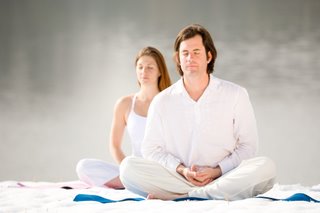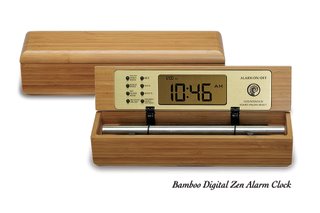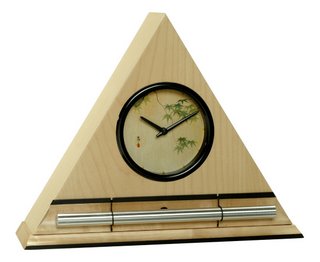
how to stay awake during meditation
Most people agree that it’s easier to stay focused (and awake) during relaxation practices when there is an external source of directions to follow. A well-balanced asana class should include a brief relaxation practice, and there are many fine relaxation practices available on CD or cassette for home use. Try to choose one that is fairly simple and that focuses your attention inward rather than on intriguing melodies or complicated visualizations. To make the experience more personal, you could record your own favorite systematic relaxation exercise. Your capacity to remain awake will naturally increase with regular practice, and you should be able to internalize the exercise in short order. This will free you from instructors and recordings.
It is also helpful to maintain a systematic relaxation practice outside of regular asana classes (you’ll make it through the practice with much more alertness by doing some asana or stretching first to energize the body and shake off any feelings of sloth and inertia). Because the body expends a good amount of energy digesting food, a full stomach might cause sleepiness, so it’s best to wait two hours after meals to do a practice. And finally, avoid doing the practice in bed—you’ve already got a (good) habit of falling asleep in that space.
When the mind begins to drift away from waking reality, there is a crucial moment in which you realize, I’m falling asleep. Being aware in that moment is the first step toward pulling the mind back to the practice. Remind yourself that you are determined to stay awake and complete the practice you have begun. Sometimes that level of awareness is all it takes to establish a new relationship with your mind. But if that doesn’t work, give the mind a little activity to balance the resistance of tamas.

Bamboo Meditation Chime
When you know you’re falling asleep, it’s time to direct the mind to a more dynamic object of attention. The most readily available object is the breath. While still quite subtle, it is more tangible than the sensations of the resting body, and its natural movements should give the mind just enough activity to overcome sleepiness. Yoke the mind to the breath and observe how the body reacts to the influx of refreshing oxygen. You will find that the breath lengthens and deepens when you give it your full attention, but there’s no need to get involved with this process.
If following the breath doesn’t give your awareness enough stimulation, shift your focus to the body, which is considerably more tangible than the breath. Try lightly tensing and releasing a specific muscle group (an arm, a leg, the face). Coordinate the muscle activity with the breath so that you tense on exhalation and release on inhalation. With the mind yoked to the body and breath, there is little room for it to wander off into slumber.
As long as your awareness is firmly in your body, you will get some benefit from the practice, even if you are not following a formal systematic relaxation sequence. The mindfulness you cultivate while attending to the body and breath will transfer to a systematic relaxation practice as your capacity increases. When you feel confident that you won’t drift into sleep, go ahead and pick up where you left off in the relaxation practice. If you are following directions from a taped or live teacher, don’t worry about having missed parts of the body, just jump back in wherever they are. If you are doing the practice without an external source of directions, pick up where you left off. This trains the mind to follow instructions and finish what it starts.
If these more tangible sensations don’t bring you back to waking awareness, you can roll over into the crocodile pose and proceed with the exercise in that position. The crocodile is still a resting pose, but it is very difficult to fall asleep in that position.

Meditation Timer and Alarm Clock with Soothing Chime
Keep in mind that a persistent inability to stay awake in relaxation practices may signal chronic fatigue, which is an increasingly common condition. It sounds strange, but you can be too tired to relax. An overactive schedule, stale food, and a sedentary lifestyle all erode your vitality. The physical aspects of yoga can provide an antidote, but only if we create the space in our lives to practice them with our full attention. The best way to make sure you stay awake during a systematic relaxation is to establish regular sleeping habits, get sufficient nourishment, and exercise regularly. In other words, take good care of yourself. It also helps to use relaxation practice as a preventative measure rather than an emergency intervention. And remember that practically everyone falls asleep during relaxation practices at one time or another, so don’t be too hard on yourself when it happens to you.
Although meditation can be done in almost any context, practitioners usually employ a quiet, tranquil space, a meditation cushion or bench, and some kind of timing device to time the meditation session. Ideally, the more these accoutrements can be integrated the better. Thus, it is conducive to a satisfying meditation practice to have a timer or clock that is tranquil and beautiful. Using a kitchen timer or beeper watch is less than ideal. And it was with these considerations in mind that we designed our digital Zen Alarm Clock and practice timer. This unique “Zen Clock” features a long-resonating acoustic chime that brings the meditation session to a gradual close, preserving the environment of stillness while also acting as an effective time signal.
adapted from Yoga Internation, January/February 2006

Meditation Timers and Chime Alarm Clocks for a Peaceful Awakening
Now & Zen’s Meditation Timer Store
1638 Pearl Street
Boulder, CO 80302
(800) 779-6383
Posted in Well-being